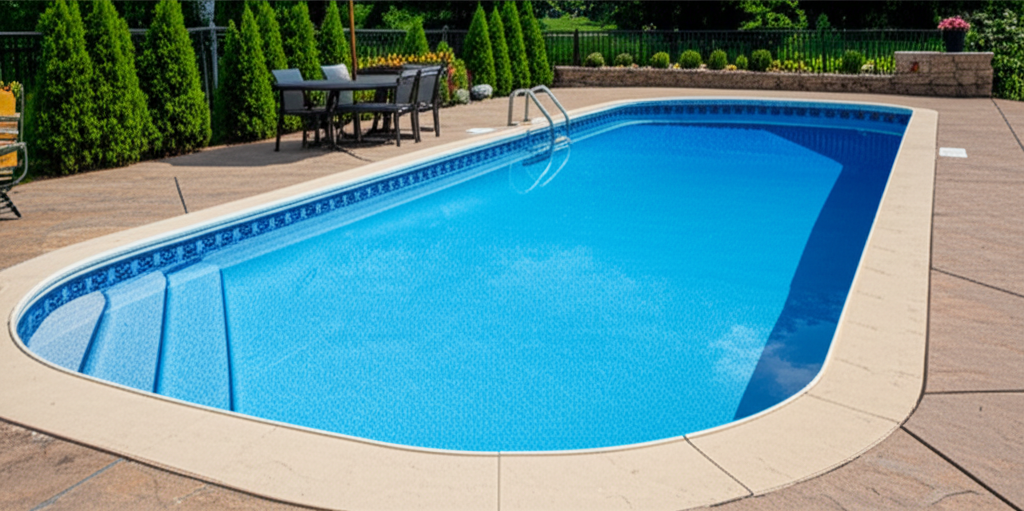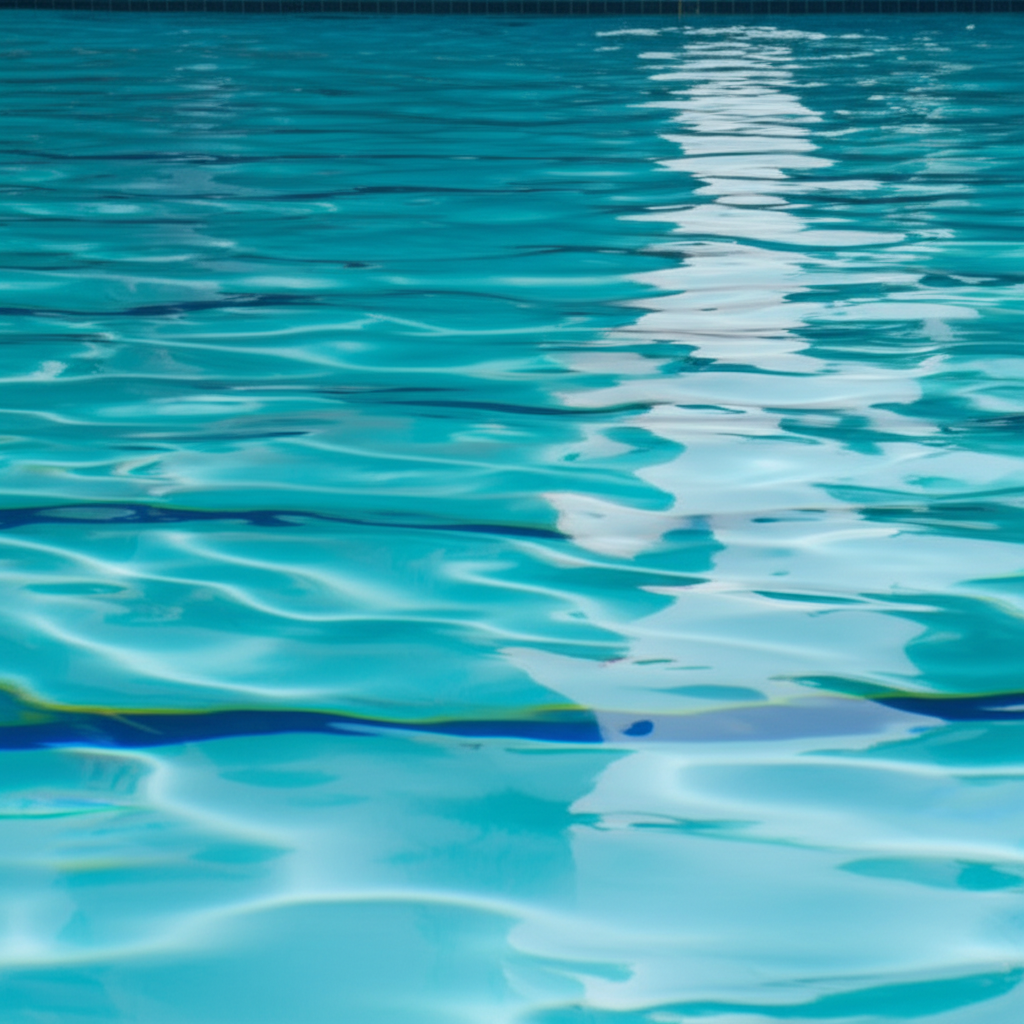- Why Your Pool Deck Pavers Demand Attention
- The Art of Effective Paver Cleaning
- 1. Preparation is Paramount
- 2. Initial Rinse and Pre-Soak
- 3. Choosing the Right Cleaning Solution
- 4. The Power of Pressure Washing for Paver Cleaning
- 5. Tackling Specific Stains
- Beyond the Clean: Sealing for Lasting Protection
- Maintaining Your Pristine Pool Deck
Paver Cleaning is more than just a chore; it’s an essential ritual for preserving the beauty, safety, and longevity of your outdoor living spaces, especially your cherished Pool Deck. Over time, these surfaces accumulate grime, algae, mildew, and stubborn stains, transforming a once pristine area into a dull and potentially hazardous environment. A clean and well-maintained Pool Deck not only enhances the aesthetic appeal of your home but also ensures a safe and inviting space for relaxation and entertainment. This article delves into the most effective and effortless methods to restore your Pool Deck pavers to their stunning original condition, exploring techniques, products, and best practices for a brilliant finish.
Why Your Pool Deck Pavers Demand Attention
Your Pool Deck is constantly exposed to the elements – sun, rain, leaves, pollen, and general foot traffic. The unique moist environment around swimming pools also encourages the rapid growth of algae and mildew, leading to discoloration and dangerously slippery surfaces. Beyond superficial concerns, neglecting regular Paver Cleaning can lead to:
Safety Hazards: Algae and moss make pavers extremely slick, posing a significant slip-and-fall risk, particularly for children and the elderly.
Structural Damage: Accumulated moisture and organic growth can penetrate the pavers and sand joints, leading to erosion, cracking, and even shifting of the pavers over time.
Diminished Curb Appeal: A dirty, stained Pool Deck detracts from your home’s overall appearance and property value.
Reduced Lifespan: Regular cleaning and maintenance extend the life of your pavers, protecting your investment.
Even specialized surfaces like Cool Deck coatings, designed for heat reflection, benefit immensely from routine cleaning to maintain their integrity and comfort-enhancing properties.
The Art of Effective Paver Cleaning
Achieving a truly stunning and effortless clean for your Pool Deck pavers involves a combination of preparation, the right tools, and proper technique.
1. Preparation is Paramount
Before you begin the actual cleaning process, take time for thorough preparation:
Clear the Area: Remove all pool furniture, planters, toys, and any other items from the Pool Deck.
Sweep Away Debris: Use a broom or leaf blower to remove loose dirt, leaves, and other surface debris. This prevents clogging drains and ensures cleaning solutions can directly contact the pavers.
Protect Surroundings: Cover delicate plants or shrubbery adjacent to the Pool Deck to protect them from cleaning solutions or high-pressure spray.
2. Initial Rinse and Pre-Soak
Once the area is clear, give the entire Pool Deck a good rinse with a garden hose. This helps loosen surface dirt and allows cleaning solutions to penetrate more effectively. For heavily soiled areas, a pre-soak with a mild detergent solution or a specialized paver cleaner can work wonders. Allow it to sit for 10-15 minutes, ensuring it doesn’t dry out.
3. Choosing the Right Cleaning Solution
The type of cleaner you choose depends on the nature of the stains and the type of paver material.
Mild Detergents: For general dirt and grime, a simple mixture of dish soap and water often suffices.
Specialized Paver Cleaners: These are formulated to tackle specific issues like efflorescence, rust, oil, or stubborn organic stains (algae, mildew). Always check that the product is safe for your specific paver material.
Eco-Friendly Options: For those concerned about environmental impact, vinegar-based solutions or oxygen bleach can be effective for mold and mildew, but test on an inconspicuous area first.
Crucial Note: Avoid harsh acids or chlorine bleach, as they can damage pavers, discolor the surface, and harm aquatic life if they enter the pool. Always follow manufacturer instructions and wear appropriate protective gear.
4. The Power of Pressure Washing for Paver Cleaning
For deeper cleaning, especially to remove embedded dirt, algae, and mildew, pressure washing is often the most efficient method. However, it must be done correctly to avoid damaging your pavers or washing away the joint sand.
Choose the Right Nozzle: A fan-tip nozzle (25-degree or 40-degree) is generally recommended for pavers, providing a wider spray and less concentrated pressure than a zero-degree or rotary nozzle.
Adjust Pressure Settings: Start with a lower PSI (pounds per square inch) setting, typically between 1200-1800 PSI for most residential pavers, and gradually increase if needed. Too much pressure can etch the surface or dislodge joint sand.
Maintain Distance: Hold the nozzle 12-18 inches from the paver surface and use a consistent, sweeping motion. Avoid holding the spray in one spot for too long.
Work in Sections: Clean one section at a time, overlapping slightly to ensure an even clean.
After pressure washing, replenish any lost joint sand by sweeping polymeric sand into the joints, then lightly misting with water to activate it. This stabilizes the pavers and inhibits weed growth.
5. Tackling Specific Stains
Algae & Mildew: Pressure washing combined with an oxygen bleach solution or specialized mildew remover.
Rust Stains: Use a rust remover specifically designed for pavers, often containing oxalic acid.
Oil & Grease: Apply an absorbent material like cat litter or sawdust, then use a degreaser or specialized oil stain remover.
Efflorescence: A white, powdery deposit. Specific efflorescence removers are available, often acid-based (use with extreme caution and dilute according to instructions).
Beyond the Clean: Sealing for Lasting Protection
Once your Pool Deck pavers are impeccably clean and dry, applying a high-quality paver sealer is highly recommended. Sealing offers several benefits:
Stain Protection: Creates a barrier against oil, grease, food spills, and organic growth, making future cleaning easier.
Color Enhancement: Many sealers enhance the natural colors of your pavers, giving them a rich, vibrant look.
Weed & Ant Inhibition: Some sealers penetrate the joint sand, hardening it and preventing weeds and ants from taking root.
UV Protection: Protects pavers from fading due to sun exposure.
Surface Stabilization: Helps lock the paver joints, improving overall stability.
Choose a sealer appropriate for your paver type (natural stone, concrete, brick) and desired finish (matte, semi-gloss, wet-look).
Maintaining Your Pristine Pool Deck
Achieving a stunning Pool Deck isn’t a one-time event. Regular simple maintenance will keep it looking its best with minimal effort:
Routine Sweeping: Sweep or blow off leaves and debris regularly.
Spot Cleaning: Address spills and stains immediately to prevent them from setting in.
Hose Down: Rinse the Pool Deck with a garden hose weekly or bi-weekly to prevent buildup.
* Annual Deep Clean: Plan for a thorough Paver Cleaning, including pressure washing and re-sealing every 2-3 years, depending on wear and exposure.
A beautifully maintained Pool Deck significantly enhances your outdoor living experience, offering a safe, clean, and inviting space for years to come. By following these guidelines, you can ensure your pavers remain a stunning and effortless centerpiece of your backyard oasis.



